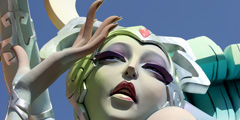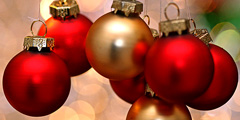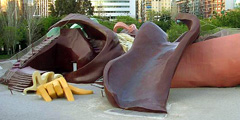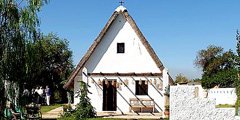
Las Fallas is a festival held from March 12th to March 19th. What are Las Fallas? Huge papier-mache art sculptures are erected on almost every square. Usually there are around 300 of these, and most are indicative of social criticism and sarcasm. Then, on March 19th the Fallas are simultaneously burned at midnight in a ritual called "la nit del foc". Every day at 2pm firecrackers rip through the Plaza del Ayuntamiento in an noisy event called la Mascletá. This concert of gunpowder is very popular.







